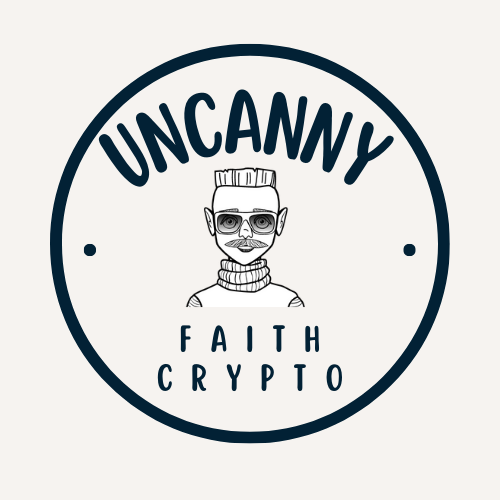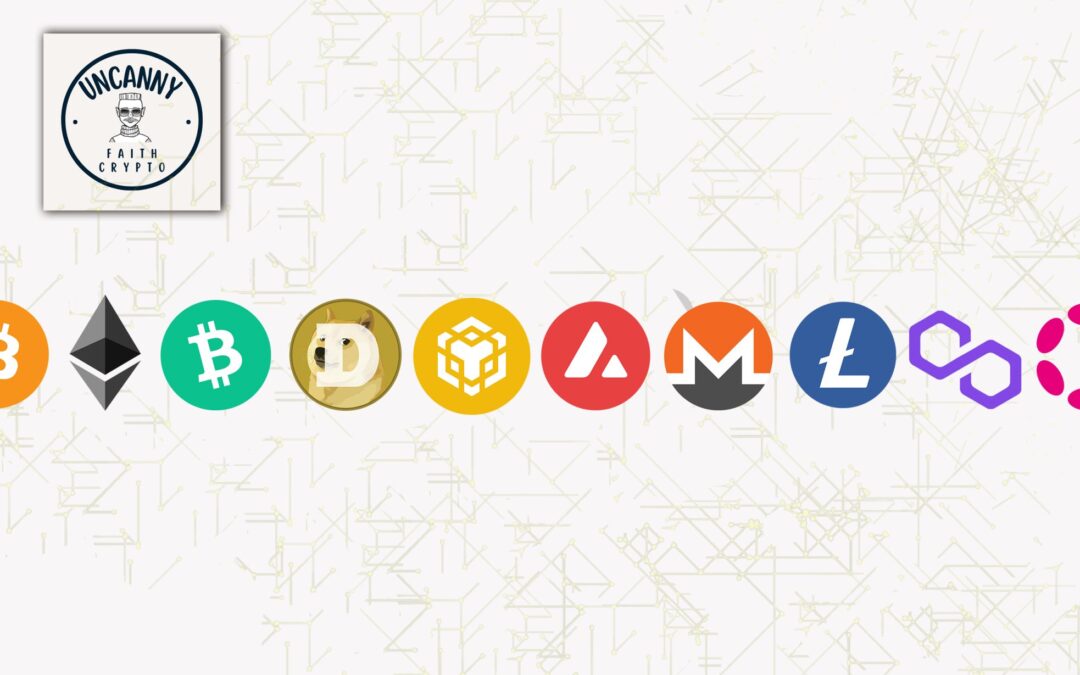Blockchain is undoubtedly a catalyst for change, revolutionising industries with promises of transparency, decentralisation, and unparalleled security. Among the many blockchain platforms vying for dominance, EOSIO has carved out a unique position. Known for its speed, scalability, and customisability, EOSIO is increasingly recognised for enabling developers to build decentralised applications (dApps) with greater efficiency.
As we look ahead to 2025, the blockchain ecosystem is poised for monumental growth, and EOSIO is expected to play a vital role in transforming how industries operate. This article explores the key trends shaping EOSIO’s future and offers an in-depth analysis of its influence on the broader blockchain landscape.
What is EOSIO?
For the uninitiated, EOSIO is an open-source blockchain platform developed by Block.one, designed for the deployment and operation of high-performance decentralised applications. Unlike first-generation platforms like Bitcoin, which focuses on peer-to-peer digital currency, or Ethereum, which pioneered smart contracts, EOSIO sets itself apart by prioritising enterprise-grade scalability, low latency, and high throughput.
What makes EOSIO particularly exciting is its innovative consensus algorithm—Delegated Proof of Stake (DPoS). This mechanism offers a faster and more energy-efficient alternative to traditional Proof-of-Work (PoW) systems, thereby addressing scalability issues while reducing environmental impact.
Now that we have the basics covered, let’s dive deep into how EOSIO is evolving and the trends that will shape its future.
Why is EOSIO Ideal for 2025 and Beyond?
The blockchain industry is evolving at a blistering pace. To stay relevant, platforms need to meet the increasing demands for stability, scalability, and adaptability. EOSIO, with its robust infrastructure, is uniquely positioned to thrive in 2025. Here’s why:
1. Scalability: The Crown Jewel of EOSIO
While many blockchain platforms face bottlenecks due to scalability, EOSIO’s architecture allows for thousands of transactions per second (TPS), making it one of the fastest blockchain systems. As industries like finance, healthcare, and supply chain expand their blockchain use cases, platforms that can support large-scale adoption will lead the pack.
EOSIO’s sharding technology—a process that splits databases into smaller, more manageable pieces—is likely to evolve further by 2025. This progression could make EOSIO even more efficient, handling millions of transactions per second without compromising security.
2. Enhanced Developer Ecosystem
The EOSIO platform is already a favourite amongst developers due to its user-friendly toolkit, including the EOSIO SDKs (software development kits) and support for multiple programming languages, such as C++. By 2025, these features are expected to become even more robust and refined.
Another key development on the horizon might be integration with AI and machine learning tools. This would allow developers to create smarter dApps that utilise predictive analytics, automated processes, and data-driven decision-making—all on the blockchain. Consequently, EOSIO will likely attract a surge of innovative projects, further solidifying its position in the blockchain space.
3. Real-World Applications of EOSIO
The future of blockchain doesn’t exist in a silo—it integrates deeply with the real economy, bringing practical solutions to age-old problems. By 2025, EOSIO is expected to dominate several sectors due to its efficiency and low operational costs.
-
Finance and Payments:
EOSIO’s high throughput and low transaction fees make it ideal for financial institutions looking to modernise payment systems. With the advent of Central Bank Digital Currencies (CBDCs), EOSIO-backed platforms could become the backbone for implementing fast and secure transaction systems across national borders.
-
Supply Chain Management:
Transparency remains a crucial pain point in supply chain logistics. EOSIO’s immutable ledger can track products from origin to destination in real-time, drastically reducing fraud, theft, and inefficiencies. Expect more enterprises to adopt EOSIO in 2025 for seamless operations.
- Gaming and NFTs:
The NFT and gaming industries are booming. With its fast transaction speeds, the EOS blockchain is already a powerhouse for gaming dApps and NFT issuance. By 2025, EOSIO is likely to see more cross-chain interoperability, further expanding its influence in the digital collectibles market.
Key Trends Shaping EOSIO and Blockchain Technology in 2025
1. Green Blockchain Initiatives
As the global concern for climate change intensifies, energy-efficient blockchain solutions will gain more traction. EOSIO’s Delegated Proof of Stake (DPoS) is far more environmentally friendly than traditional Proof of Work systems.
By 2025, governments and enterprises will prioritise low-impact technologies, giving EOSIO an edge. Additionally, we could see EOSIO-powered projects explicitly designed for carbon tracking and offsetting, helping organisations meet ESG (Environmental, Social, Governance) goals.
2. Interoperability Becomes Essential
In the future, no single blockchain is expected to dominate. Cross-chain compatibility will emerge as a key factor for success, enabling data and asset transfers between different networks seamlessly. EOSIO is well-positioned to adapt, given its modular architecture.
Projects like EOSIO’s integration with Ethereum and Polkadot could come to fruition, allowing dApps to utilise best-of-breed features from multiple blockchains. This trend could help EOSIO scale its ecosystem exponentially.
3. Decentralised Finance (DeFi) Evolution
The DeFi movement has already disrupted traditional financial systems, offering decentralised lending, borrowing, and trading platforms. EOSIO’s speed gives it an advantage in DeFi, where latency can mean significant losses.
Looking towards 2025, we could see EOSIO becoming the go-to platform for specialised DeFi projects, introducing features such as real-time lending, layer-2 scalability, and AI-driven investment strategies.
4. Governance and Community Involvement
One unique aspect of EOSIO is its governance model. Unlike other platforms, EOSIO allows token holders to vote on decisions, creating a more democratic ecosystem. By 2025, blockchain governance will evolve beyond just token voting, incorporating more sophisticated systems like decentralised autonomous organisations (DAOs).
Expect EOSIO to play a significant role in how governance models adapt to balance decentralisation with practical decision-making.
Is EOSIO Ready for Mass Adoption by 2025?
The simple answer is yes, but with caveats. While EOSIO’s features position it as a frontrunner, the blockchain industry is still unpredictable. Success will depend heavily on how quickly EOSIO can address criticisms, including alleged centralisation (resulting from its DPoS system) and competition from other blockchain networks.
That said, partnerships with governments, large corporations, or blockchain conglomerates could ensure EOSIO leads in innovation and adoption by 2025.
How to Get Started with EOSIO in 2025
If you’re looking to adopt EOSIO for your project or enterprise, here are some actionable steps:
-
Understand Your Requirements:
Define your goals for using blockchain technology. Whether it’s enhancing supply chain transparency or creating a DeFi platform, understanding your use case is key.
-
Get Developer Support:
Leverage EOSIO’s extensive developer resources, including tools like EOSIO Quickstart Web IDE and pre-built SDKs.
-
Join the Community:
Connect with the vibrant EOSIO community to stay updated on trends, troubleshoot issues, and network with like-minded enthusiasts.
- Collaborate with Experts:
Partner with experienced blockchain consultants who specialise in EOSIO to streamline your project implementation.
FAQs on EOSIO and Its Future
1. Is EOSIO decentralised?
While EOSIO leverages Delegated Proof of Stake (DPoS), which some critics consider less decentralised than Proof of Work, it offers a practical balance between scalability and decentralisation.
2. How does EOSIO compare to Ethereum?
EOSIO is significantly faster and cheaper than Ethereum in terms of transaction costs. However, Ethereum currently holds a more dominant position due to its first-mover advantage and established ecosystem. By 2025, EOSIO could close this gap by focusing on niche markets.
3. What industries can EOSIO impact?
The potential applications are vast, spanning finance, supply chain logistics, gaming, healthcare, and more. EOSIO’s adaptability makes it suitable for virtually every sector requiring transparency and efficiency.
Conclusion
As blockchain technologies continue to mature, EOSIO stands as a beacon of innovation, poised to redefine the boundaries of decentralisation by 2025. Its combination of scalability, developer-friendly tools, and real-world applicability positions it as a prime contender in the future of blockchain.
Whether you’re an entrepreneur, developer, or tech enthusiast, now is the time to explore the possibilities that EOSIO offers. From greener blockchain solutions to seamless interoperability, the road ahead looks incredibly promising. Don’t wait—embrace the future of blockchain with EOSIO.
For further insights into blockchain technology and EOSIO’s development, make sure to check out additional resources, expert forums, and ongoing trends in decentralised systems. The revolution is just beginning.

